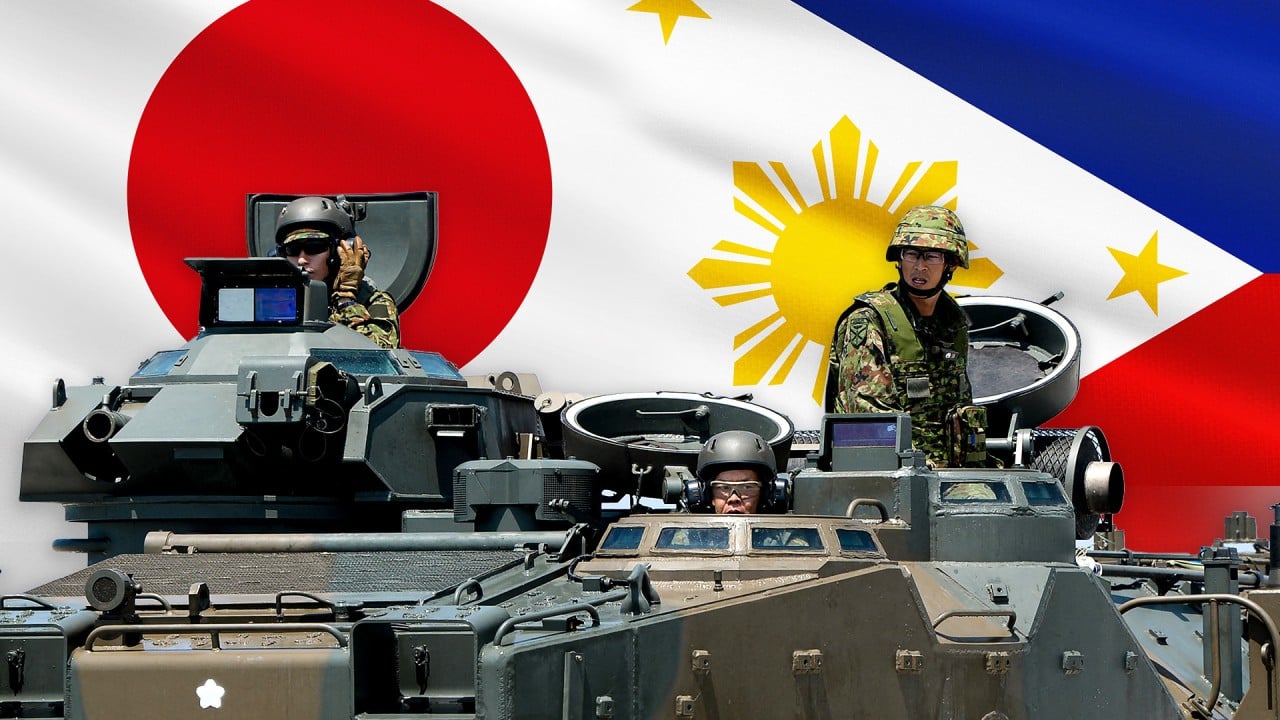South China Sea: what can the Philippines do to counter Beijing’s island-building?
Navy spokesman Commodore Roy Trinidad said in a press briefing on Tuesday that China had built bases on Gaven Reef, Zhubi Reef, Fiery Cross Reef, which are outside the Philippines’ EEZ; and on Mischief Reef and Johnson South Reef, within the EEZ.
Trinidad said such bases had everything from airstrips and seaports to fuel depots and resting facilities for troops, giving Beijing the ability to easily position warships and aircraft in the West Philippine Sea, Manila’s term for the part of the South China Sea that lies within its EEZ.

“It will be easy now to project their forces in the West Philippine Sea,” Trinidad said, noting that the Chinese vessels deployed to interrupt Manila’s rotation and resupply missions to an outpost on the nearby Second Thomas Shoal had come from those bases.
“If they didn’t have that staging area, they would have to come all the way from mainland China. That’s about 600 nautical miles going to the Philippines EEZ. It’s far. and their capability to stay longer at sea would be less,” he said.
Abdul Rahman Yaacob, a research fellow in the Southeast Asia Programme at the Lowy Institute based in Sydney, said from a political point of view, China’s fortification of bases in the South China Sea reinforced its claims to that territory.
“At the military level, the bases project China’s military power across the South China Sea and sustain their naval presence in those waters. Therefore, it challenges the claims of other claimant states,” he told This Week in Asia.
Don McLain Gill, a geopolitical analyst and lecturer at the Department of International Studies at De La Salle University, told This Week in Asia that the point of China’s militarisation was total access denial to deter other forces from entering the disputed waterways, including Western powers.
Response options
Gill said it would be difficult for the Philippines to challenge Beijing’s base-building activities militarily, meaning it must rely on other countermeasures.
“We need to have a clear approach to apply more pressure on China’s activities. It has to be a combination of different elements. We could further raise the environmental concerns in the West Philippine Sea and ensure that China is painted as expansionist,” Gill said.
Unclos was the basis of a 2016 UN arbitration court ruling upholding the Philippines’ territorial boundaries in the South China Sea. The court found that China’s historical claims to much of the maritime region were invalid, but Beijing has rejected the ruling as illegitimate and continued to assert it sovereignty over the disputed waterways.
However, even if the act was passed, Gill said it could not be used to simply evict Beijing from its bases.
“Frankly speaking, forcing China to let go of their bases there is difficult because they have already established them. What we are trying to do is to avoid more occurrences. Because China is continually expanding. They are expansionist. They will not stop,” Gill stressed.
“We have to understand that this is not an overnight thing for the Philippines, it will take a long time for us to establish a credible level of push back when it comes to China’s island building measures. Because, head-to-head, I do not think that we would be able to match the capacity that China continuously shows and unfolds in the greater South China Sea, including areas in the West Philippine Sea,” he added.

Lawyer Aldrin Alba, a legal expert at the Political Economic Elemental Researchers and Strategists think tank, said the bill’s enactment would put the Philippines on better legal footing with allied nations and the international community to ask for support from the UN in enforcing it.
“It will delineate the country’s geographical extent, providing a legal basis for the effective exercise of rights in said maritime areas,” Alba told This Week in Asia.
Gill said it would require a collective effort from allied countries just to prevent China from undertaking further militarisation efforts in the region.
“What we need to do is coordinate with our partners in applying more pressure, making it clear to China that they cannot have a free run in monopolising the South China Sea,” Gill said.
“We have to make sure that we are ready to position ourselves with our partners to ensure that we can slow down their continuous expansion. What we are trying to do is to defend what is left of the status quo,” he said.
Yaacob agreed, noting “Manila has also stepped up defence diplomacy and signed defence agreements with several countries”.
“The aim is likely to anchor as many external powers as possible in Southeast Asia to counterbalance China, as Asean (the Association of Southeast Asian Nations) is unable to support the Philippines in its disputes with China in the South China Sea,” Yaacob said.

On Wednesday, the navies and air forces of the Philippines, United States, Canada and Australia held a two-day “maritime cooperative activity” to press for freedom of navigation and overflight in the South China Sea, the same day China conducted its own military exercises in the disputed region.
However, Gill expressed doubt that such exercises would translate into allies helping Manila directly confront Beijing’s expansionism.
“They are joining us in maritime patrols but their political will is limited when it comes to being upfront with China.”
“Beijing’s main argument to external powers is to let Asean countries handle the dispute and not to interfere. In this regard, if we continue what we are doing with Vietnam, we will be able to create better confidence-building measures. And then it will be more difficult for China to expand.”
